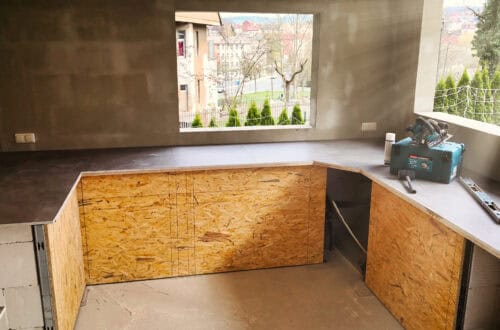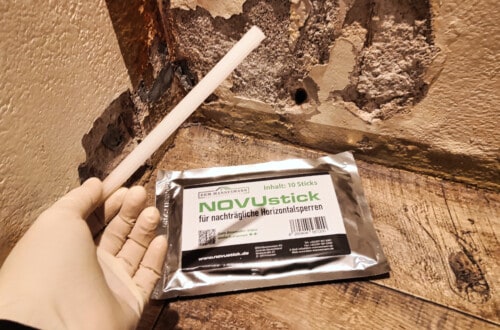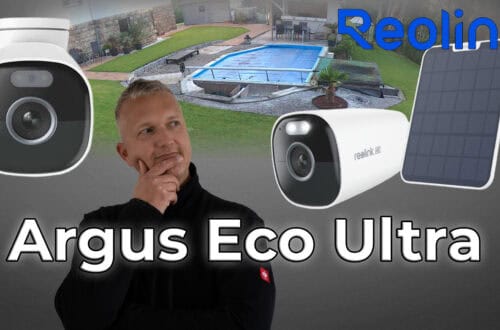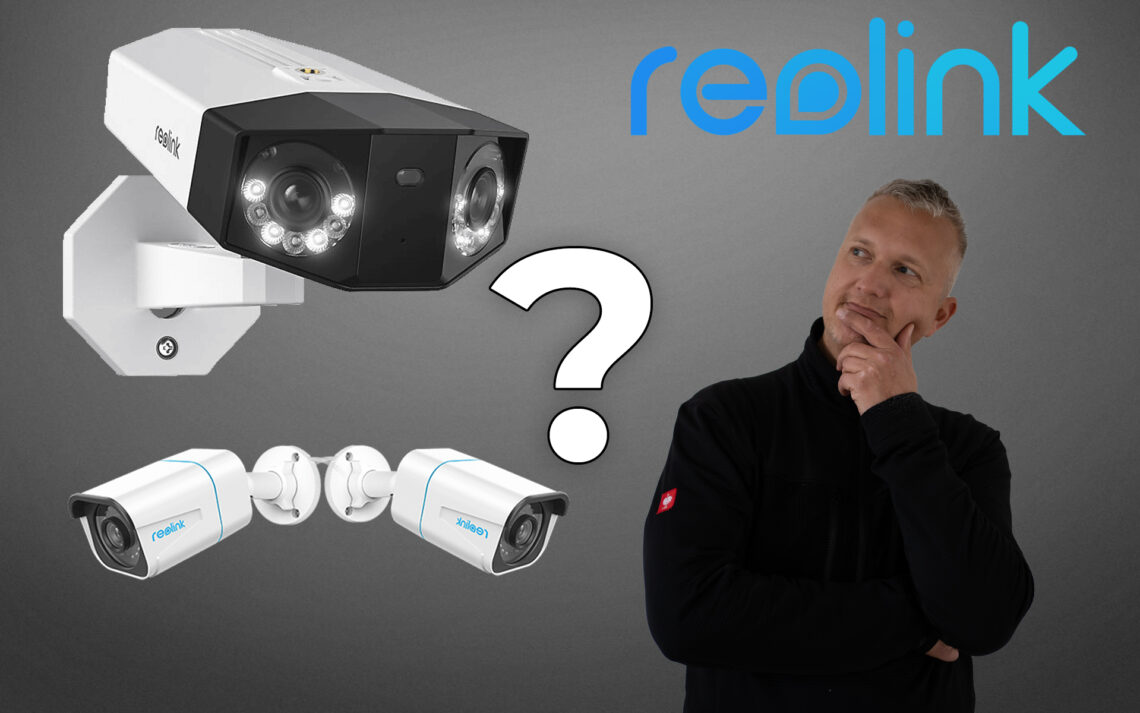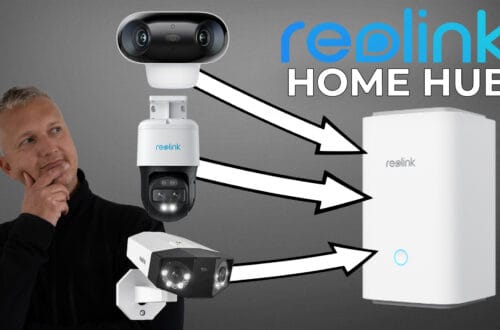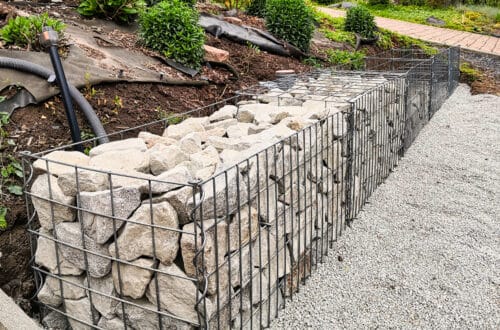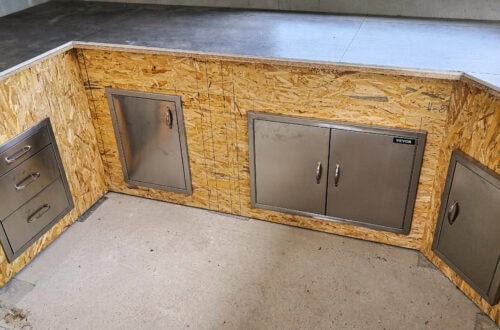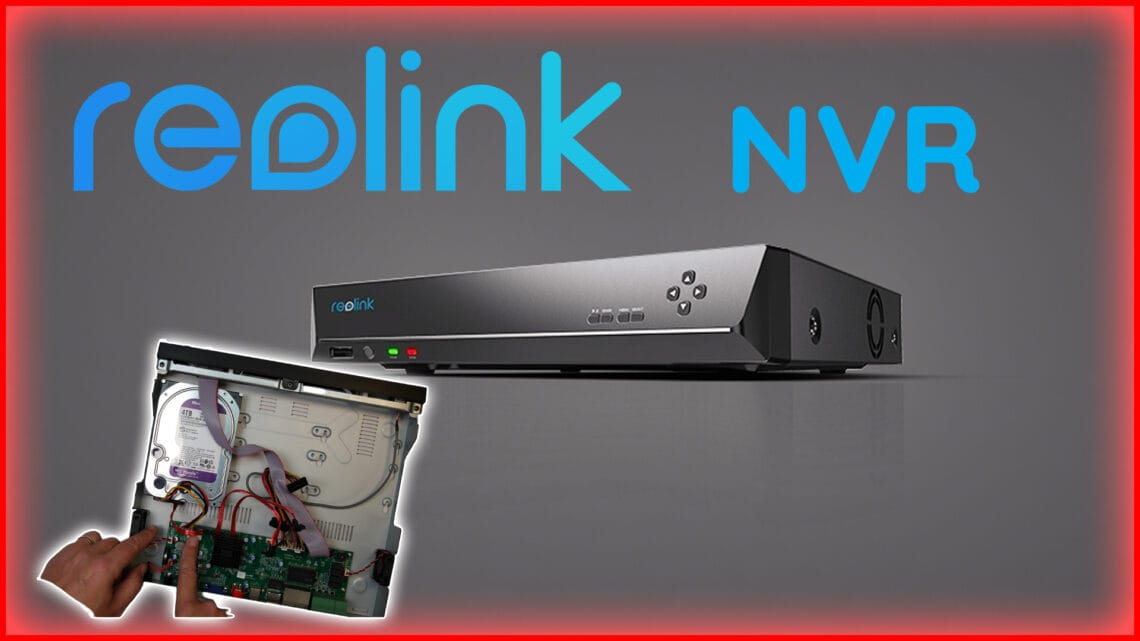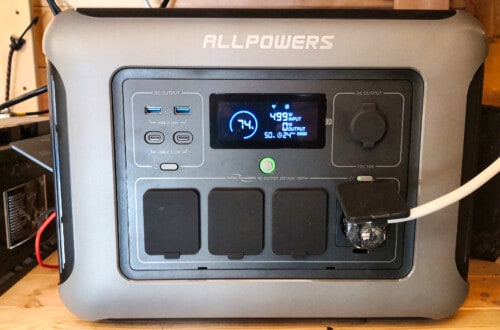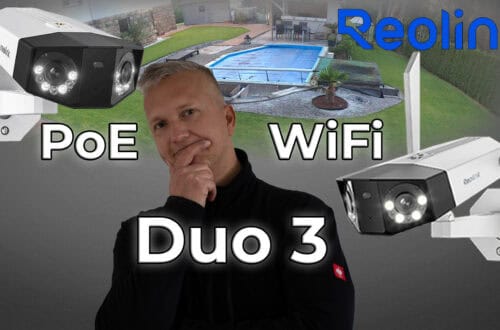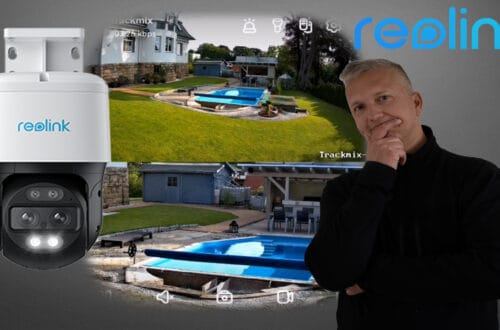-
The best storage solutions for Reolink surveillance cameras: recommendations & experiences
A reliable storage solution is crucial to realize the full potential of a Reolink surveillance camera. Whether for real-time monitoring or long-term storage of high-resolution recordings – without sufficient memory, there is a risk that important data will be lost or overwritten prematurely. This article presents various storage options such as microSD cards, home hubs and NVR systems. Both test results and user opinions are taken into account in order to identify the best solutions for different requirements.
-
Reolink Duo 3 PoE surveillance camera tested against 2 RLC 810A
In my latest smart home project, I replaced my two Reolink RLC-810A cameras with the Reolink Duo 3 PoE surveillance camera with dual lens. I was particularly interested in whether the 180° detection of the Duo 3 PoE could actually improve the monitoring of my driveway and carport. With its 16-megapixel resolution and 2-way communication capability, the Duo 3 PoE promised superior technology and more comprehensive security. But would all the effort and financial investment really be worth it or were the two old camera models better? I would like to explore these questions in this blog post.
-
Install Reolink RLN36 NVR | Install hard disk and set up camera
To monitor my property, I had set up a camera surveillance system. Nine Hikvison and Trendnet cameras monitored every nook and cranny on the site. The data was stored on a QNAP NAS. The system ran cleanly and stably – but also at the capacity limit. The amount of data from the cameras was simply too large and I had to think about how to future-proof my surveillance system. I therefore decided to set up a Reolink camera system and store the data on an NVR, a network video recorder. In this post I show you how I went about it.

